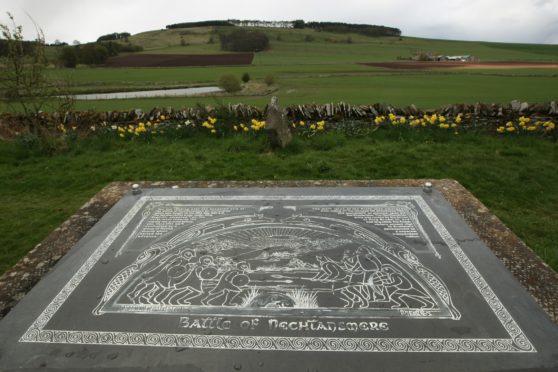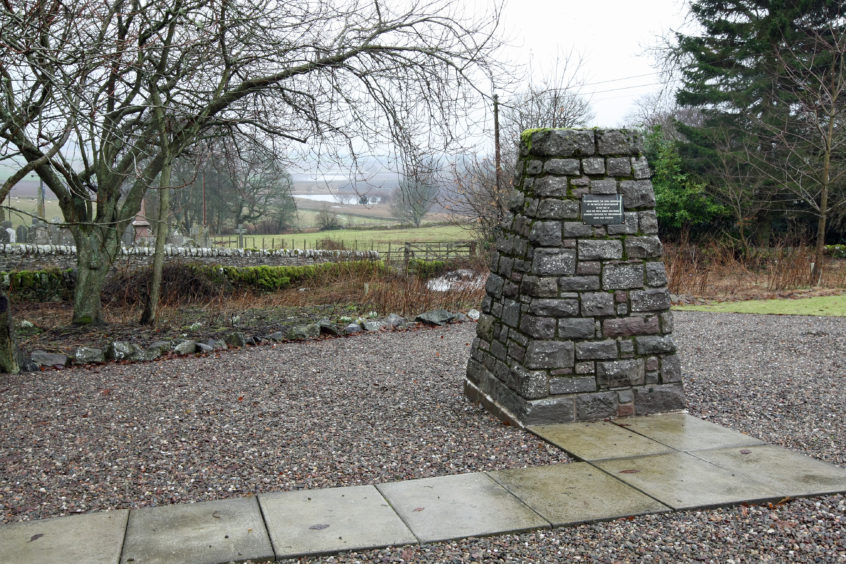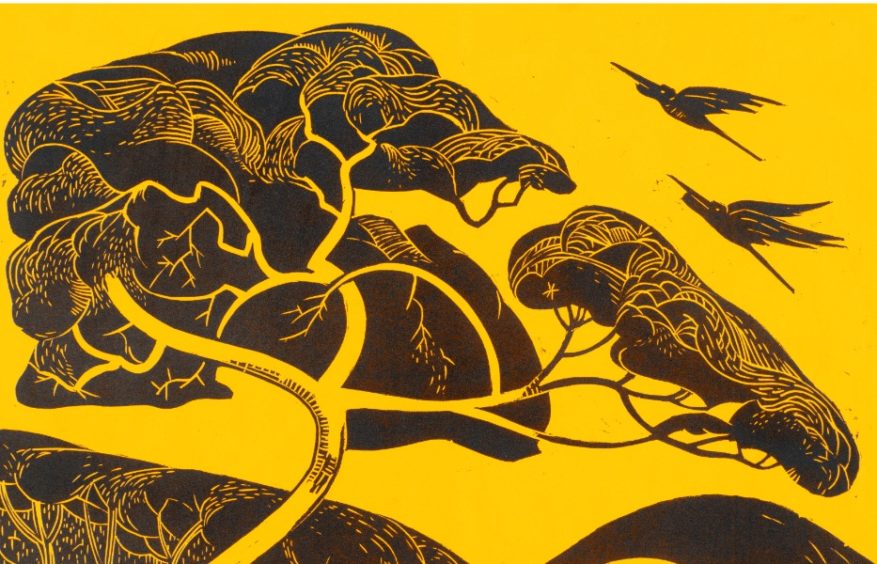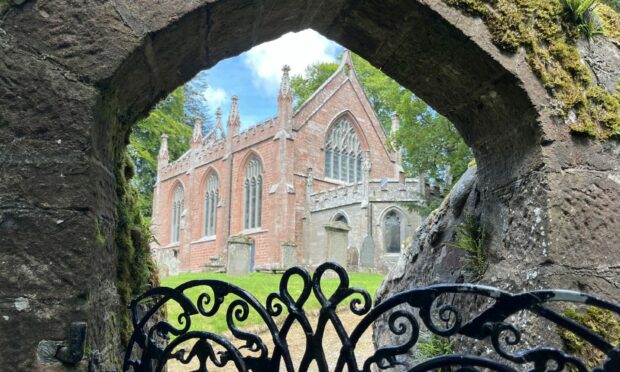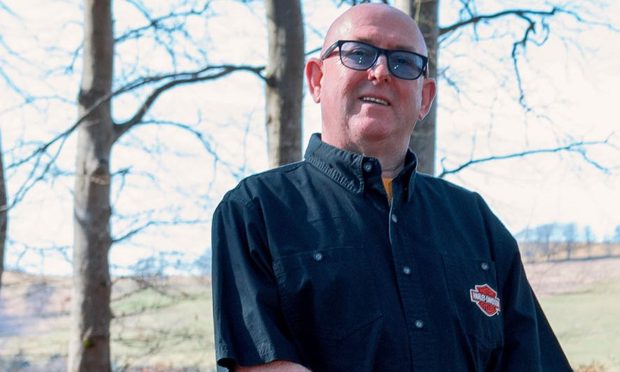An Angus author hopes to turn the “dark shadows” of lockdown into a positive for charity while marking the anniversary of one of medieval Scottish history’s defining events.
On May 20 685AD, an army of Picts defeated Northumbrian invaders in a battle which came to be regarded as pivotal in the emergence of a kingdom between the Forth and highlands.
Following the 19th Century discovery of a Pictish stone at Dunnichen, near Letham, historians including George Chalmers decided this was the most probable site for the battle of Dun Nechtain.
However, competing claims emerged north of the Grampians at Dunachton in the 2000s, and experts say the battle’s true location may never be solved.
Richard Watt took inspiration from the mystery surrounding the battle, those involved, and the fact the Picts left very little behind to tell their own story.
Mr Watt, 38, said: “Dun Nechtain has this undefinable, nearly mythic quality that has fired the imaginations of countless people over the last two centuries.
“But any evidence in the Highlands or Strathmore valley is so long gone that it would cost millions of pounds just to pick a spot and dig.
“Historic Scotland admitted in 2012 there was no money to solve the riddle and a definitive site couldn’t be listed or protected.
“By chance, my family went to live next to the Hill and I spent two years researching the subject in order to hopefully add to the conversation around it.
“One project was this poem, which has all come together at a time when there’s a dark shadow over the palisades.
“One small ray of light among all this is that people are reading more, and the last few years have seen a number of other discoveries which are really informing opinions of who the Picts were, and how complex and sophisticated post-Roman Britain really was.
“As well as the devastating impact Covid-19 is having on businesses, many of our charities no longer have an income stream through day-to-day fundraising.
“I thought it would be useful to spend some of this time to produce a digital version and let people pay what they can to Parkinson’s UK.
“This is a cause close to my heart and I hope in some small way to help out, raising a bit of money along with some smiles and perhaps eyebrows.
“Lockdown has given me time to create something that’s respectful but playful, and I hope it helps keep Dun Nechtain in our imagination.”
